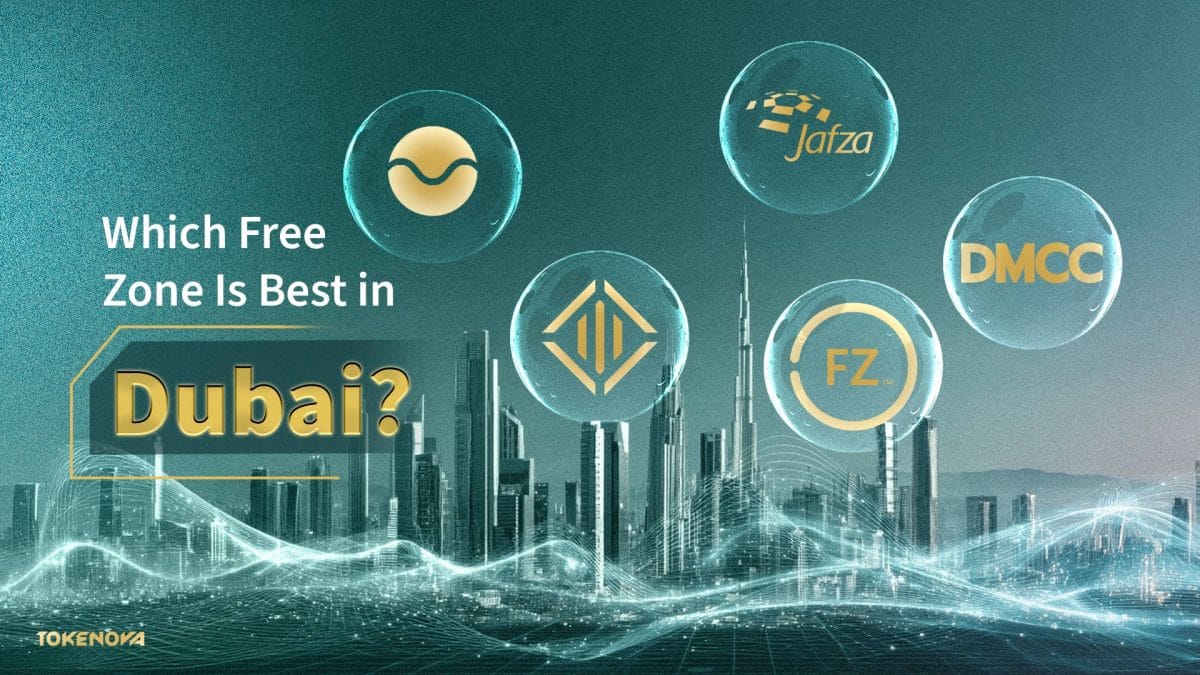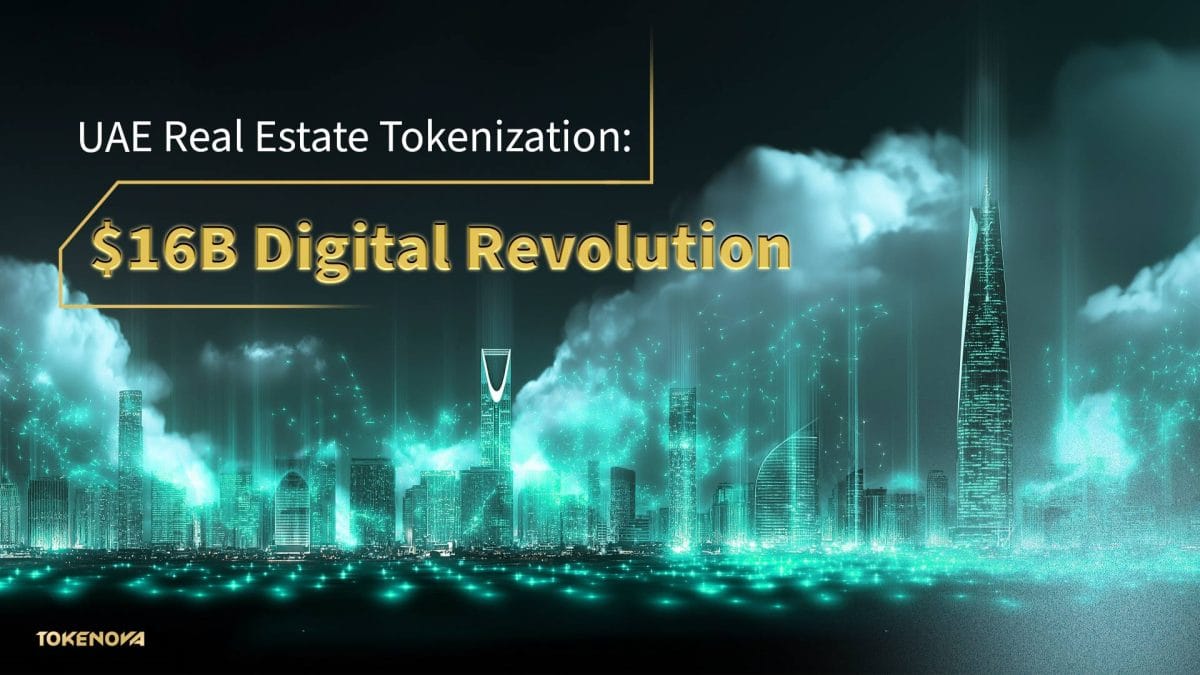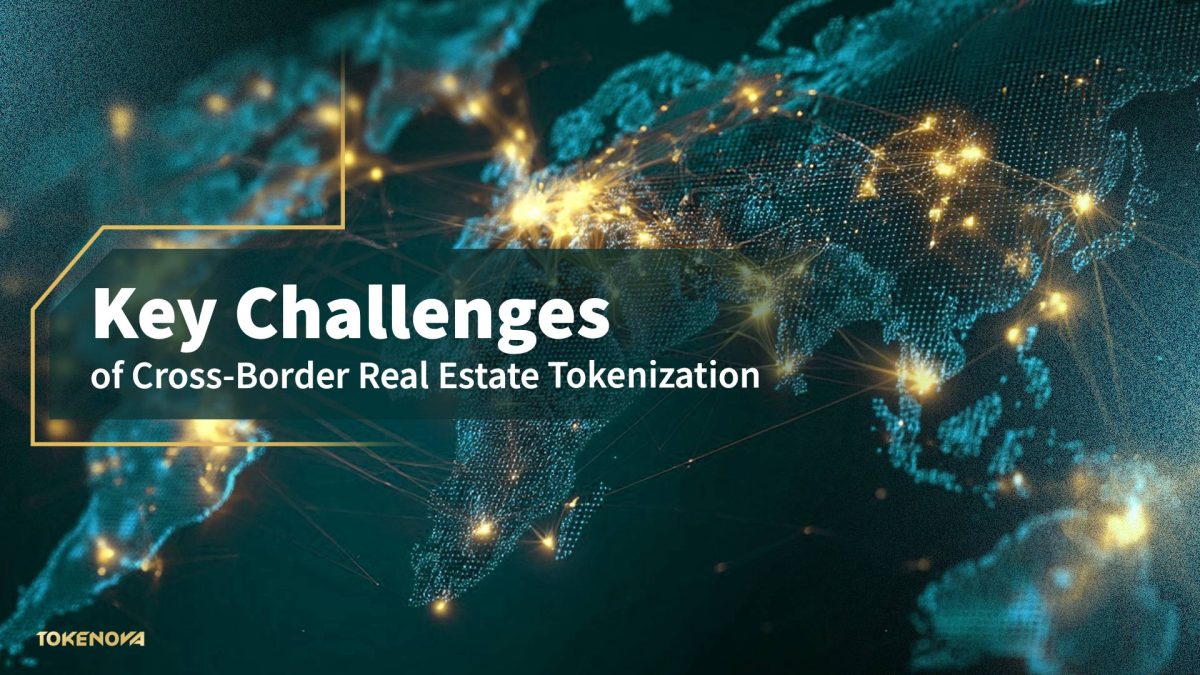Are you frustrated by the disjointed nature of blockchain networks that limit seamless transactions and data sharing? The pain point is clear: blockchain interoperability issues are creating silos that hinder asset transfers, secure communications, and unified user experiences. This challenge has left developers and businesses grappling with diverse protocols and consensus mechanisms, resulting in inefficiencies and higher operational costs. In response, innovative blockchain interoperability solutions are emerging to bridge these gaps, promising a future where decentralized systems work in harmony.
Understanding Blockchain Interoperability
Blockchain interoperability refers to the capability of different blockchain networks to exchange information, execute transactions, and work together without friction. In essence, it is the digital “lingua franca” that can unite disparate systems. Imagine having several financial institutions each using their own language and protocol; interoperability would be akin to having a universal translator that allows seamless communication across these institutions.
Interoperability is not just a technological convenience—it is critical for unlocking the full potential of blockchain. For example, a user may wish to transfer digital assets from Ethereum to Solana or leverage Bitcoin’s robust security features alongside Ethereum’s smart contract functionality. Without interoperability, each blockchain operates in isolation, significantly limiting innovation in fields such as finance, healthcare, and supply chain management.
Key Blockchain Interoperability Challenges
The journey toward achieving seamless cross-chain communication is fraught with challenges. Let’s break down the primary blockchain interoperability challenges:
1. Lack of Standardized Communication Protocols
One of the most significant obstacles is the absence of universal communication protocols. Each blockchain often has its own unique set of rules and protocols, similar to speaking different languages. Without standardized protocols—comparable to TCP/IP for the internet—blockchains find it difficult to “talk” to each other. This fragmentation forces developers to create bespoke solutions for every use case, leading to inefficiencies and higher costs.
2. Diverse Consensus Mechanisms
Blockchains employ various consensus algorithms to validate transactions, such as Proof of Work (PoW), Proof of Stake (PoS), and Delegated Proof of Stake (DPoS). Each of these mechanisms comes with its own set of advantages and limitations. For instance, synchronizing a PoW-based network like Bitcoin with a PoS-based network such as Ethereum 2.0 can be problematic. The differences in transaction finality, speed, and security between these systems can result in delays and failures in cross-chain operations.
3. Varied Data Structures and Formats
Different blockchain networks often use distinct data models. Bitcoin utilizes the Unspent Transaction Output (UTXO) model, while Ethereum relies on an account-based model. These differences in data structure create a barrier for seamless data sharing and validation across chains. Without a common framework to interpret and validate data, achieving true interoperability remains a complex puzzle.
4. Security and Privacy Risks
Security is paramount in the realm of blockchain. Blockchain interoperability challenges increase the risk of security vulnerabilities. When blockchains interact, they expose new vectors for attacks. Some of the most prominent risks include:
- Wormhole Attacks: These involve creating deceptive channels between chains to misdirect transactions.
- Collusion Attacks: Multiple entities may conspire to manipulate cross-chain communication.
- Denial of Service (DoS) in Atomic Swaps: Targeting and disrupting cross-chain transactions.
- Double Spending Attacks: Exploiting vulnerabilities to spend the same asset more than once.
- Private Key Exploits: Stealing or misusing private keys during interactions between blockchains.
According to research from Beosin, over $2.8 billion in user funds have been compromised due to vulnerabilities in cross-chain bridges, representing nearly 40% of the total value stolen in Web3, as reported by DefiLlama. This underscoring the critical need for robust security measures.
5. Scalability Issues
As blockchain adoption grows, the scalability of networks becomes a significant concern. Integrating different blockchains, especially those with varying scalability profiles—such as Layer 1 (L1) and Layer 2 (L2) solutions—can strain performance. Any solution aiming to resolve blockchain interoperability challenges must be capable of handling higher transaction volumes without sacrificing speed or efficiency.
6. Regulatory and Legal Differences
Blockchain networks operate in a global context, where regulatory and legal frameworks differ significantly across jurisdictions. Data privacy laws such as the GDPR in Europe, along with diverse financial regulations, add another layer of complexity to cross-chain interoperability. Navigating these regulatory landscapes requires careful design and collaboration between technology developers and legal authorities.
Exploring Blockchain Interoperability Solutions
Exploring blockchain interoperability is a complex challenge, yet innovators are hard at work developing solutions that not only bridge gaps between isolated networks but also offer distinct advantages and trade-offs. Let’s journey through some of the most promising approaches that are paving the way for a more connected blockchain ecosystem.
- Cross-Chain Bridges
Imagine being able to transfer assets between different blockchains seamlessly—this is what cross-chain bridges achieve. They work by locking assets on one network and minting equivalent tokens on another, serving as a vital intermediary that lets data and value flow between previously isolated systems. This has such benefits like enhancing liquidity and accessibility, enabling asset transfers across multiple networks—a crucial factor for the growth of decentralized finance (DeFi) applications—and providing users with a smoother, more integrated experience. However, these bridges face challenges too; they are often prime targets for hackers, as seen in high-profile incidents like the 2022 Wormhole hack, which resulted in substantial losses. Robust security measures are therefore essential. - Sidechains and Relay Chains
Another innovative solution comes in the form of sidechains and relay chains. Sidechains operate as parallel networks to a main blockchain, communicating through two-way pegs, while relay chains—such as those used by Polkadot—connect multiple chains (parachains) to facilitate interoperability. This approach naturally improves scalability by offloading transactions from the main chain, boosting overall network performance. It also offers the benefit of specialized functionality, allowing sidechains to be tailored for specific tasks and sparking innovation. Yet, coordinating transactions between the main chain and sidechains demands sophisticated synchronization, and differences in consensus mechanisms can complicate finalizing transactions. - Oracles
Oracles play a fascinating role by acting as bridges between on-chain applications and off-chain data sources. They verify and relay external information into blockchain networks, which is vital for ensuring that the data driving decentralized applications (dApps) is accurate and reliable. This method brings benefits like enhanced data verification and real-world integration into the blockchain space—features essential for many DeFi and enterprise applications. On the flip side, the effectiveness of oracles depends heavily on the reliability of their data sources, so ensuring these sources are decentralized or highly trusted is key to minimizing risks. - Standard Protocols
Standard protocols aim to create a unified framework for cross-chain communication, much like having a universal language that different blockchains can understand. For example, Chainlink’s Cross-Chain Interoperability Protocol (CCIP) supports token transfers, cross-chain messaging, and more, all with built-in security features. This has such benefits like reducing complexity by providing a common set of rules and formats, leading to higher security and smoother interoperability. However, one of the challenges here is the hurdle of widespread adoption, as ensuring compatibility with diverse blockchain architectures is no small feat. - Hashed Time-Lock Contracts (HTLC)
Finally, consider the innovation behind Hashed Time-Lock Contracts, or HTLCs. These enable what are known as atomic swaps—trustless exchanges between different blockchain networks without intermediaries. With HTLCs, both parties can be confident that either the transaction will be completed or, if something goes awry, the process will safely revert without any loss. This ensures secure, decentralized transactions and reduces counterparty risk. Nonetheless, HTLCs require precise implementation to avoid timing vulnerabilities and potential identifier leaks.
By exploring these solutions—from cross-chain bridges to HTLCs—it’s clear that the future of blockchain interoperability relies on a mix of approaches. Each method brings its own set of benefits, such as improved liquidity, enhanced scalability, and secure, trustless transactions, while also facing specific challenges that innovators continue to address. As the blockchain landscape evolves, these solutions will be crucial in creating a more interconnected and efficient digital ecosystem, opening the door for a truly unified decentralized future.
Comparative Analysis of Interoperability Solutions
Understanding the pros and cons of each blockchain interoperability solution is vital for stakeholders. Below is a comparative analysis based on security, scalability, and adoption:
| Solution | Security | Scalability | Adoption Level |
| Cross-Chain Bridges | High risk due to hack vulnerabilities | Limited by bridge capacity | Moderate, growing in DeFi sectors |
| Sidechains/Relay Chains | Dependent on main chain security; some risks | High – offloads main chain load | High – adopted by ecosystems like Polkadot |
| Oracles | Dependent on external data reliability | Moderate, contingent on network | High – widely used, e.g., Chainlink |
| Standard Protocols | Strong, with layered security approaches | High – scalable across chains | Emerging, with potential for wide adoption |
| HTLCs | Vulnerable to timing and identifier issues | Moderate, use-case specific | Moderate – mainly for atomic swaps |
This analysis highlights that no single solution is a silver bullet for the blockchain interoperability problem. Instead, a hybrid approach—leveraging multiple solutions in tandem—often yields the best results. For example, while cross-chain bridges facilitate immediate asset transfers, oracles and standard protocols are better suited for long-term integration and data verification.
The Future of Blockchain Interoperability
Looking ahead, the future of blockchain interoperability appears promising. Researchers and developers are continually pushing the envelope with innovative solutions designed to overcome the current challenges. Here are a few trends to watch:
Innovations in Security and Efficiency
- Zero-Knowledge Proofs (ZKPs): These cryptographic techniques can enhance security and privacy by allowing one party to prove to another that a statement is true without revealing any additional information. ZKPs may play a crucial role in cross-chain communication by ensuring that data remains secure while being validated across different networks.
- Shared Security Models: By pooling security resources among multiple blockchains, shared security models can help smaller networks leverage the security strengths of larger chains. This cooperative approach can mitigate risks and reduce the likelihood of isolated breaches impacting the entire ecosystem.
Regulatory Evolution
As governments and international bodies begin to recognize the transformative potential of blockchain, regulatory frameworks will likely evolve. Clearer guidelines can help standardize data protection, privacy, and compliance across jurisdictions, smoothing the path for secure and compliant cross-chain interactions.
Increased Adoption and Standardization
With continued research and collaboration between industry leaders, the adoption of blockchain interoperability solutions is expected to rise. Standard protocols, in particular, have the potential to serve as the “TCP/IP” for blockchain, unifying disparate systems under a common framework and unlocking unprecedented levels of interconnectivity.
Tokenova – Empowering the Blockchain Ecosystem
In the rapidly evolving world of blockchain, having a trusted partner to navigate these complexities is crucial. Tokenova is at the forefront of transforming blockchain projects into scalable, interoperable, and secure ecosystems. With innovative tools and expert guidance, Tokenova helps developers and businesses overcome blockchain interoperability issues and unlock new opportunities in the digital economy.
Why Choose Tokenova?
- Expertise: With a deep understanding of blockchain technology and interoperability challenges, Tokenova provides tailored solutions to meet your unique needs.
- Innovation: Tokenova leverages the latest advancements in blockchain interoperability solutions to ensure your projects are future-proof.
- Support: Enjoy dedicated support and expert advice every step of the way as you navigate the blockchain landscape.
Ready to revolutionize your blockchain strategy? Visit www.tokenova.co today and discover how Tokenova can help you bridge the gaps and propel your project into the future. Don’t miss the opportunity to harness the power of interoperability—your next breakthrough is just a click away!
Conclusion
In today’s rapidly evolving digital landscape, addressing blockchain interoperability challenges is essential for unlocking the full potential of decentralized systems. By overcoming the blockchain interoperability problem with robust solutions such as cross-chain bridges, sidechains, oracles, and standardized protocols, stakeholders can enhance security, scalability, and efficiency. Embracing these solutions not only mitigates existing interoperability issues but also drives significant growth and innovation across industries like finance, healthcare, and supply chain management. These advancements are critical for building a unified, secure, and high-performance blockchain ecosystem that meets the demands of tomorrow’s digital economy.
Key Takeaways
- Unified Communication: Standardized protocols can bridge diverse blockchain networks, facilitating seamless data exchange.
- Enhanced Security: Innovative solutions reduce vulnerabilities and safeguard transactions across interconnected blockchains.
- Improved Scalability: Scalable interoperability solutions enable high-volume, efficient cross-chain transactions.
- Broader Innovation: Overcoming interoperability issues opens up new opportunities in various sectors, driving digital transformation.
- Future-Proofing: Implementing robust interoperability measures positions businesses and developers at the forefront of blockchain innovation.
FAQs
Q1: How can businesses implement blockchain interoperability without increasing security risks?
A1: Businesses can adopt blockchain interoperability while maintaining security by using a layered approach—combining secure cross-chain protocols, multi-signature authentication, and trusted execution environments (TEEs). Additionally, integrating Zero-Knowledge Proofs (ZKPs) ensures that sensitive data remains private while being verified across chains. Conducting regular smart contract audits and implementing slashing penalties for malicious validators can further reduce risks.
Q2: What role does AI play in improving blockchain interoperability?
A2: AI enhances blockchain interoperability by optimizing cross-chain communication, predicting network congestion for efficient transaction routing, and strengthening security by detecting suspicious patterns in cross-chain transactions. Machine learning algorithms can also assist in automating consensus mechanisms between heterogeneous blockchain networks, making interoperability faster and more reliable.
Q3: Will interoperability lead to blockchain centralization?
A3: While interoperability increases connectivity between blockchains, it does not necessarily lead to centralization. Decentralized solutions like Polkadot’s relay chain, Cosmos’ IBC, and multi-party computation (MPC) bridges ensure that no single entity controls cross-chain transactions. However, reliance on centralized bridges or proprietary interoperability solutions can introduce centralization risks, making it crucial to choose decentralized interoperability protocols.
Notes
- Meta Description: Explore blockchain interoperability issues and robust solutions that enhance security, scalability, and seamless cross-chain communication in today’s digital economy.
- Meta Title: Blockchain Interoperability: Challenges & Solutions
- Slug: blockchain-interoperability-issues










